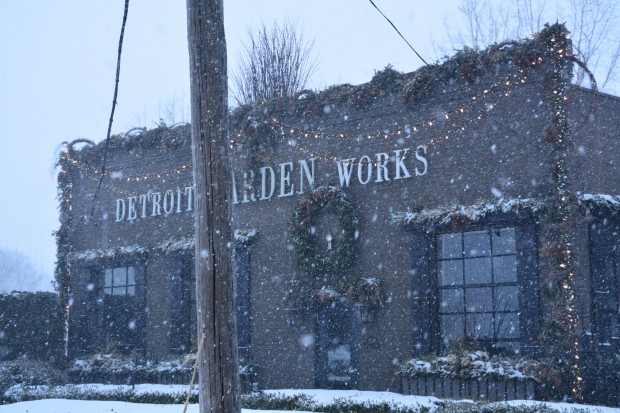 In Detroit, 49.3 inches of snow have fallen so far this winter, more than the full season average of 42.7 inches, and there are at least two months left in winter. Detroit is seeing its snowiest January on record: Detroit has received 31.3 inches so far this month, breaking the old record of 29.6 inches set in January of 1978, according to the weather service’s White Lake Township station. And more snow is on the way. There are those who might think this is a record of dubious merit. But though I am truly tired of the endless snow, I am also much relieved.
In Detroit, 49.3 inches of snow have fallen so far this winter, more than the full season average of 42.7 inches, and there are at least two months left in winter. Detroit is seeing its snowiest January on record: Detroit has received 31.3 inches so far this month, breaking the old record of 29.6 inches set in January of 1978, according to the weather service’s White Lake Township station. And more snow is on the way. There are those who might think this is a record of dubious merit. But though I am truly tired of the endless snow, I am also much relieved.
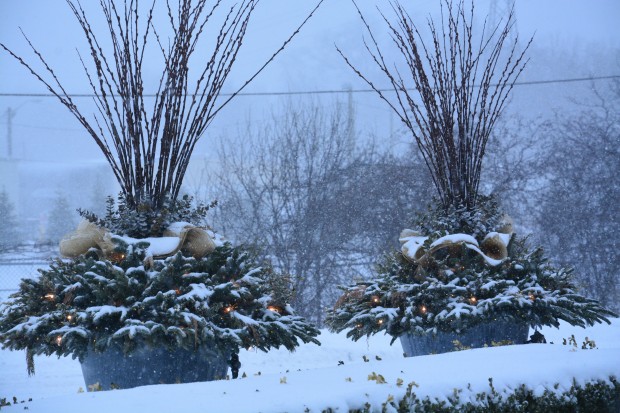 The shop is about 30 miles north of downtown Detroit. The USDA plant hardiness map puts us in Zone 6a. This means that plant which are hardy from -10 degrees below zero to -5 degrees below zero should live and prosper here. True plant hardiness is not all that formulaic. There are invariably mitigating circumstances. Some years those circumstances work for me. Other years, marginally hardy plants slip away. Some zone 7 plants will live for me, provided they are planted in very sheltered spots, and have good drainage. But no matter my efforts, the proof is in the winter putting.
The shop is about 30 miles north of downtown Detroit. The USDA plant hardiness map puts us in Zone 6a. This means that plant which are hardy from -10 degrees below zero to -5 degrees below zero should live and prosper here. True plant hardiness is not all that formulaic. There are invariably mitigating circumstances. Some years those circumstances work for me. Other years, marginally hardy plants slip away. Some zone 7 plants will live for me, provided they are planted in very sheltered spots, and have good drainage. But no matter my efforts, the proof is in the winter putting.
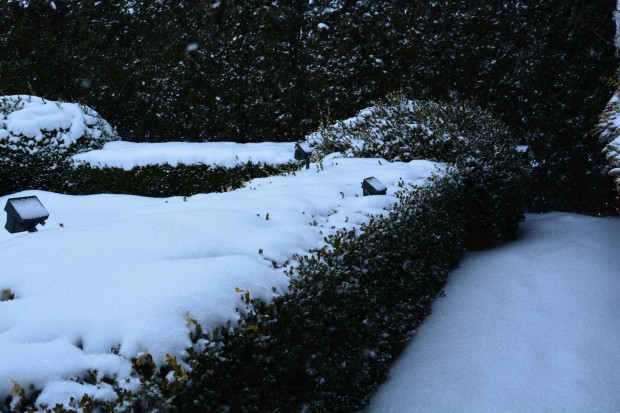 I have clients that have old Franklinia trees, 2 story tall American hollies, Brown Bracken magnolias- and other more southerly specific landscape plants that are healthy and robust, in spite of our plant hardiness zone designation. I am sure that proper siting played a big part in their survival. I have another client who lives in Detroit, and with much effort, mulching and wrapping, overwinters certain palms in the ground. Palms-really? Detroit is a big city with lots of buildings. The mass of all of those buildings holds the heat, and the height of the buildings protects plants from wind. Plants are very specific about what they want, and what they will tolerate. The hardiness borders are not fixed.
I have clients that have old Franklinia trees, 2 story tall American hollies, Brown Bracken magnolias- and other more southerly specific landscape plants that are healthy and robust, in spite of our plant hardiness zone designation. I am sure that proper siting played a big part in their survival. I have another client who lives in Detroit, and with much effort, mulching and wrapping, overwinters certain palms in the ground. Palms-really? Detroit is a big city with lots of buildings. The mass of all of those buildings holds the heat, and the height of the buildings protects plants from wind. Plants are very specific about what they want, and what they will tolerate. The hardiness borders are not fixed.
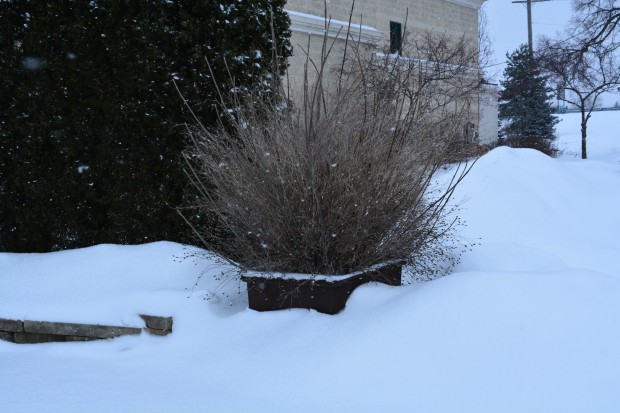 There is no reason not to push the envelope, if there is a plant you feel you cannot do without. The -10 degrees to -5 degrees is a worst case scenario in zone 6a. So what gardener doesn’t like to plant dangerously? That is part of the fun of having a garden-stretching the limits. But we have had temperatures that are coming close to that worst case scenario, and colder temperatures yet to come. What does this mean for the garden?
There is no reason not to push the envelope, if there is a plant you feel you cannot do without. The -10 degrees to -5 degrees is a worst case scenario in zone 6a. So what gardener doesn’t like to plant dangerously? That is part of the fun of having a garden-stretching the limits. But we have had temperatures that are coming close to that worst case scenario, and colder temperatures yet to come. What does this mean for the garden?
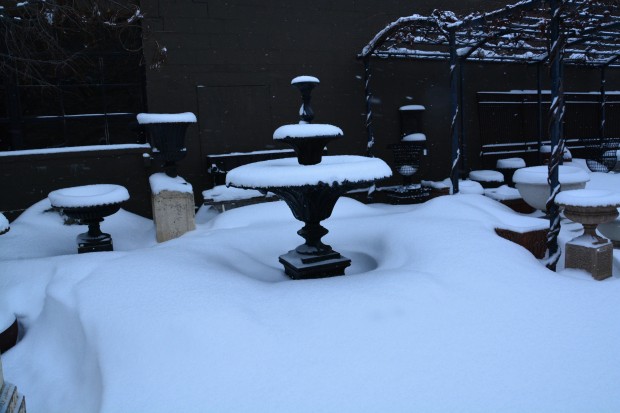 First up, I need to refer back to the snow cover, as amply illustrated above. Snow is water that freezes as it falls. As this granular and crystalline form of water piles up, it forms a blanket which, despite its cold composition, has great insulating properties. Think of all of this frozen water, with air trapped in between each crystal. Years ago I was so surprised to learn that spring flowering bulbs never freeze solid. The earth has a latent heat which keeps most bulbs just at or above freezing. Bulbs that I plant in pots for the winter, that freeze solid through and through for lack of sufficient protection, will rot come spring. Insulation is an important part of weathering the winter.
First up, I need to refer back to the snow cover, as amply illustrated above. Snow is water that freezes as it falls. As this granular and crystalline form of water piles up, it forms a blanket which, despite its cold composition, has great insulating properties. Think of all of this frozen water, with air trapped in between each crystal. Years ago I was so surprised to learn that spring flowering bulbs never freeze solid. The earth has a latent heat which keeps most bulbs just at or above freezing. Bulbs that I plant in pots for the winter, that freeze solid through and through for lack of sufficient protection, will rot come spring. Insulation is an important part of weathering the winter.
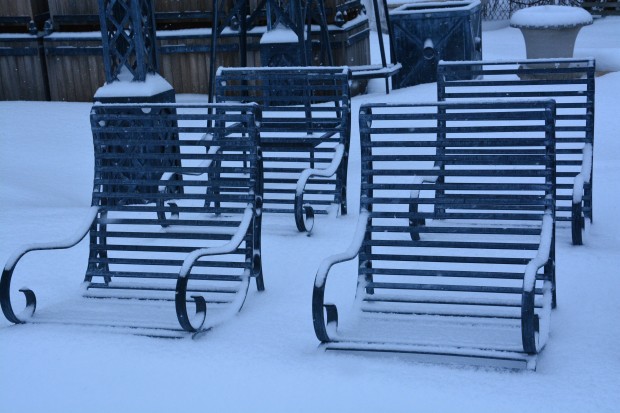 Where am I going with all of this? The insulating role of soil, and in our present case, heavy snow, plays a major role in protecting landscape plants from cold injury. My landscape plants began slowing down in August. In an ideal season, the transition from the growing phase to the sleeping phase is very long, and imperceptibly gradual. Sudden and extreme cold, like what we experienced several springs ago, will catch a plant off guard. A plant which has begun leafing out has had a biological, final, and emphatic call to leaf out. The new shoot that is out there is vulnerable to an abrupt change in conditions. If the environment suddenly goes cold, the new leaves will suffer. If the dramatic cold is cold enough, and long enough, branches of trees can die back. In our cold a few springs ago, many Japanese maples died outright.
Where am I going with all of this? The insulating role of soil, and in our present case, heavy snow, plays a major role in protecting landscape plants from cold injury. My landscape plants began slowing down in August. In an ideal season, the transition from the growing phase to the sleeping phase is very long, and imperceptibly gradual. Sudden and extreme cold, like what we experienced several springs ago, will catch a plant off guard. A plant which has begun leafing out has had a biological, final, and emphatic call to leaf out. The new shoot that is out there is vulnerable to an abrupt change in conditions. If the environment suddenly goes cold, the new leaves will suffer. If the dramatic cold is cold enough, and long enough, branches of trees can die back. In our cold a few springs ago, many Japanese maples died outright.
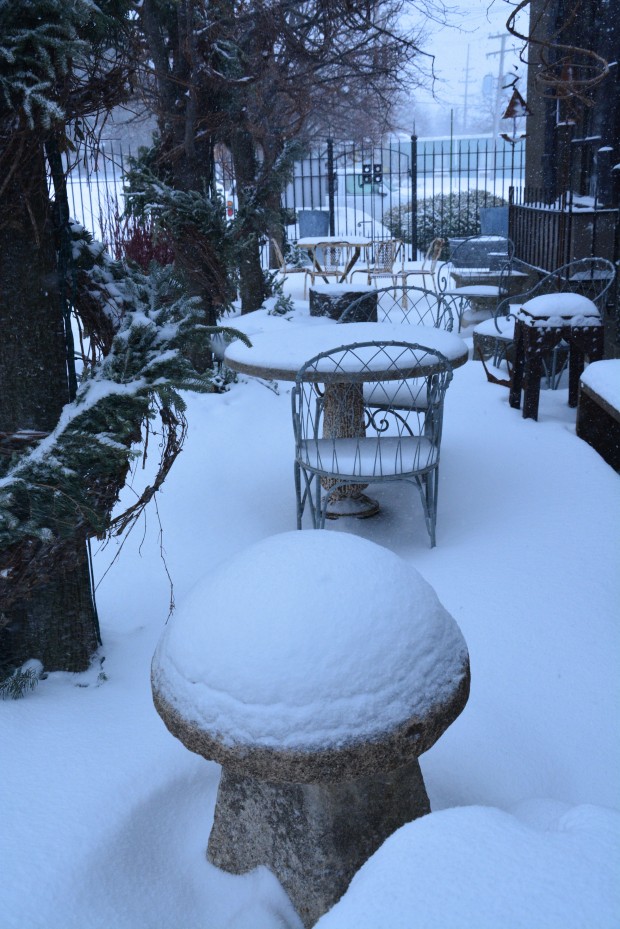 Tulips are well prepared for nature’s mood swings. The leaves poke out of the ground-they test the early spring waters. Unforeseen cold weather can disfigure the leaves, but the buds stay tucked away underground until the weather reliably warms. An unexpected freeze when the tulips are in bud-I shower them with water. The water will freeze before the blooms. Gardeners, and spring blooming plants-they are endowed with incredible fortitude. My trees and shrubs have been dormant a long time. The roots of my magnolias are deep in the soil, and mulched with 40 inches of snow. I am thinking – and hoping – that they will survive this brutal cold without incident.
Tulips are well prepared for nature’s mood swings. The leaves poke out of the ground-they test the early spring waters. Unforeseen cold weather can disfigure the leaves, but the buds stay tucked away underground until the weather reliably warms. An unexpected freeze when the tulips are in bud-I shower them with water. The water will freeze before the blooms. Gardeners, and spring blooming plants-they are endowed with incredible fortitude. My trees and shrubs have been dormant a long time. The roots of my magnolias are deep in the soil, and mulched with 40 inches of snow. I am thinking – and hoping – that they will survive this brutal cold without incident.
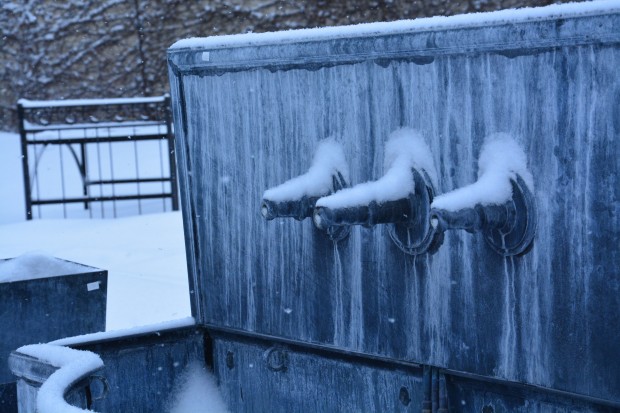 If I have to have the cold, then I want as much snow as possible. Middling cold winters with no snow cover worry me. Though I know the will to live is incredibly strong, will is not everything. Middling cold can damage or kill plants that have no insulation from snow. As utterly bored and irritated as I am by the extreme cold and the relentless snow, I am in the gardening gig for the long run. That would mean a spring in which I see all of my plants leafing out, ready to grow. So bring on that snow.
If I have to have the cold, then I want as much snow as possible. Middling cold winters with no snow cover worry me. Though I know the will to live is incredibly strong, will is not everything. Middling cold can damage or kill plants that have no insulation from snow. As utterly bored and irritated as I am by the extreme cold and the relentless snow, I am in the gardening gig for the long run. That would mean a spring in which I see all of my plants leafing out, ready to grow. So bring on that snow.
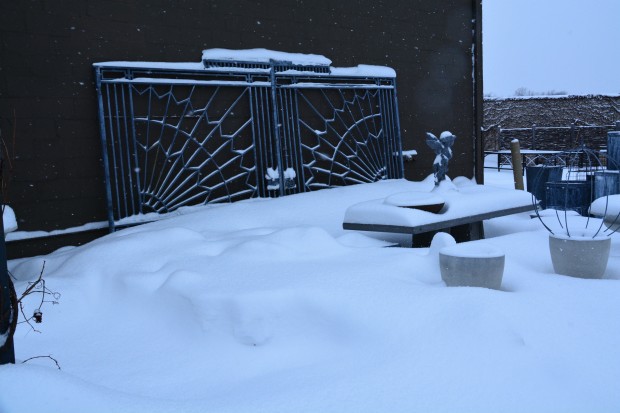 Underneath our 49 inches, a garden.
Underneath our 49 inches, a garden.